Tyrosine Kinase
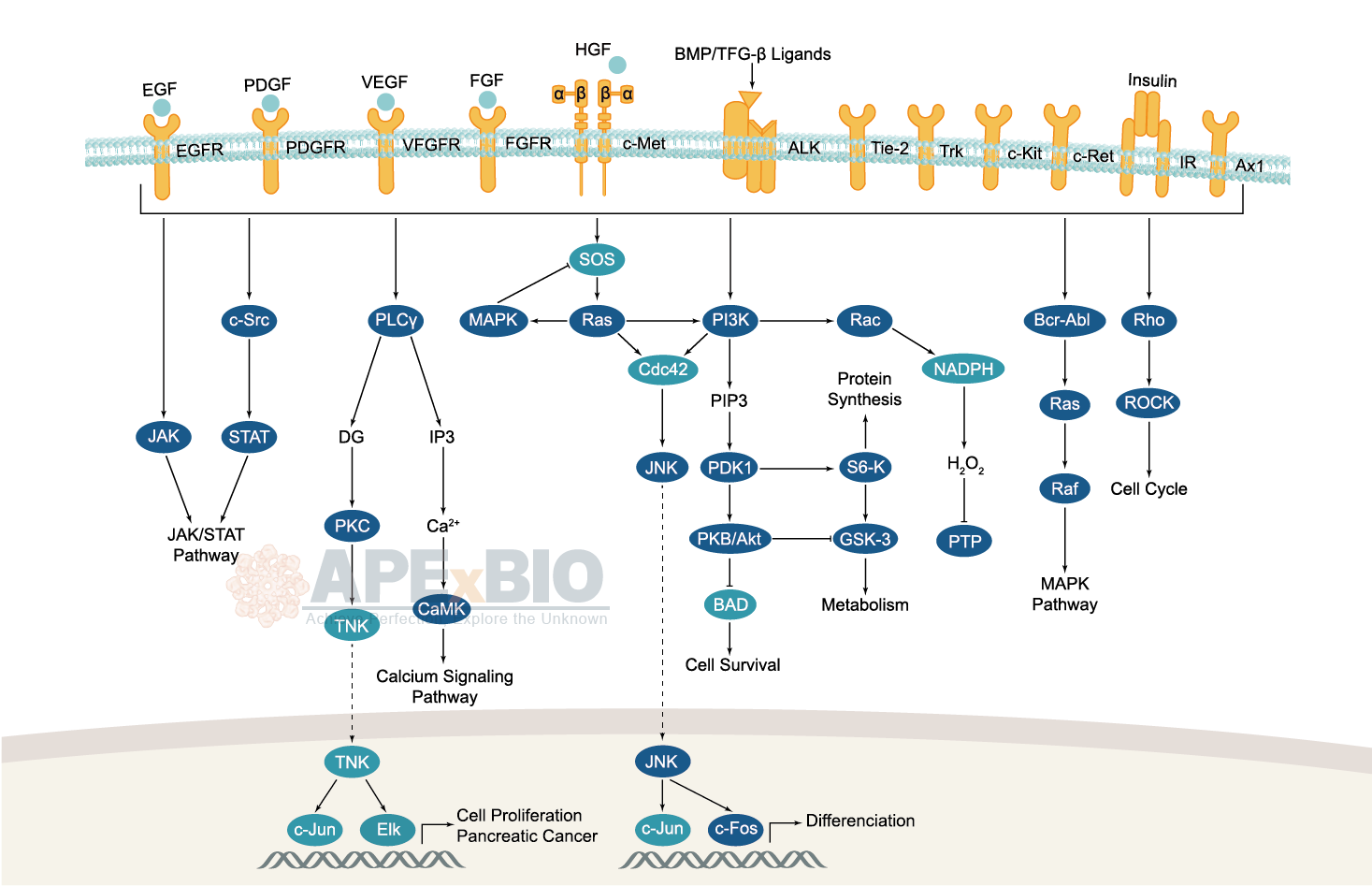
Receptor tyrosine kinases bind to extracellular ligands/growth factors, which promotes receptor dimerization and autophosphorylation of receptor tyrosine residues. This triggers a cascade of downstream events through phosphorylation of intracellular proteins that ultimately transduce the extracellular signal to the nucleus, causing changes in gene expression. Receptor tyrosine kinases include EGFR/ErbB, PDGFR, VEGFR, FGFR and MET subfamilies etc. Dysfunctions in tyrosine phosphorylation are linked to oncogenic transformation. In additions, various adaptor and effector proteins couple to carboxy-terminal of an active kinase. For instance, binding of the GRB2 adaptor protein activates EGFR and MAPK/ERK signaling.
Non-receptor tyrosine kinases involve many well-defined proteins (e.g. the Src family kinases, c-Abl, and Jak kinases) and other kinases which regulates cell growth and differentiation. For example, Src family kinases are curial for activating and inhibitory pathways in the innate immune response.
-
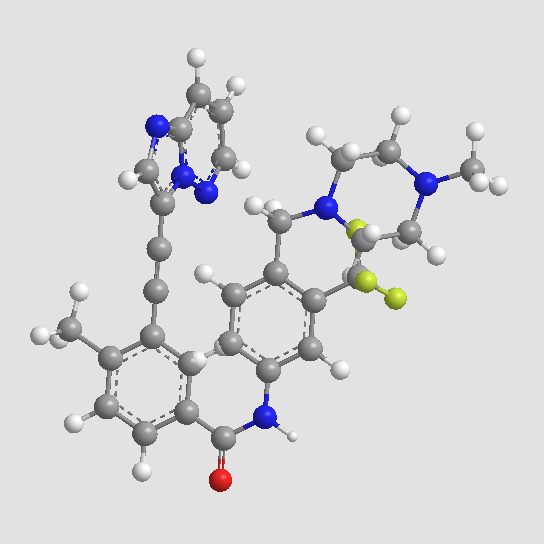 A5467 Ponatinib (AP24534)1 CitationTarget: VEGFR|PDGFR|Bcr-Abl|FGFR|SrcSummary: pan-BCR-ABL inhibitor,multi-kinase inhibitor
A5467 Ponatinib (AP24534)1 CitationTarget: VEGFR|PDGFR|Bcr-Abl|FGFR|SrcSummary: pan-BCR-ABL inhibitor,multi-kinase inhibitor -
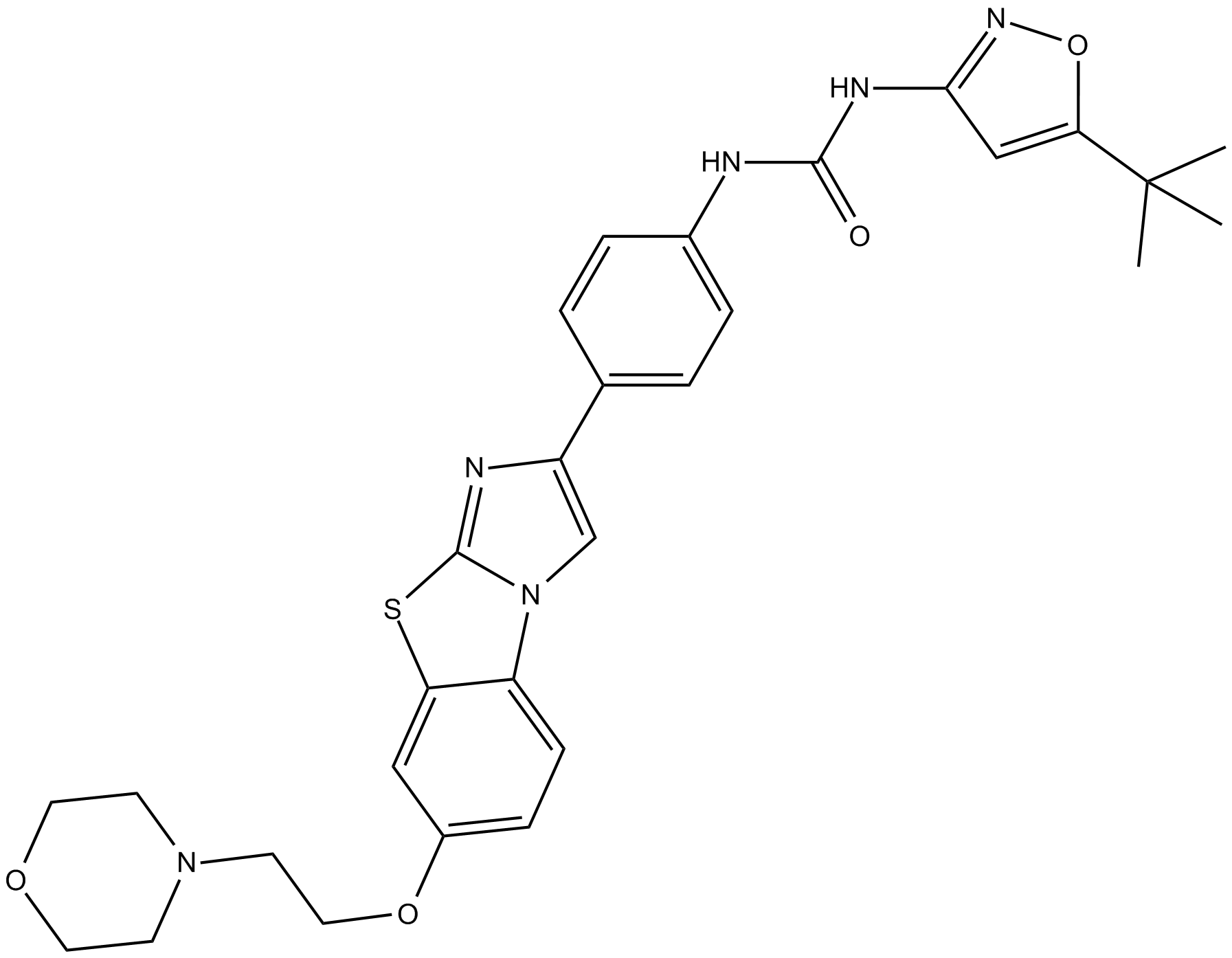 A5793 Quizartinib (AC220)Target: FLT3Summary: FLT3 inhibitor,potent and selective
A5793 Quizartinib (AC220)Target: FLT3Summary: FLT3 inhibitor,potent and selective -
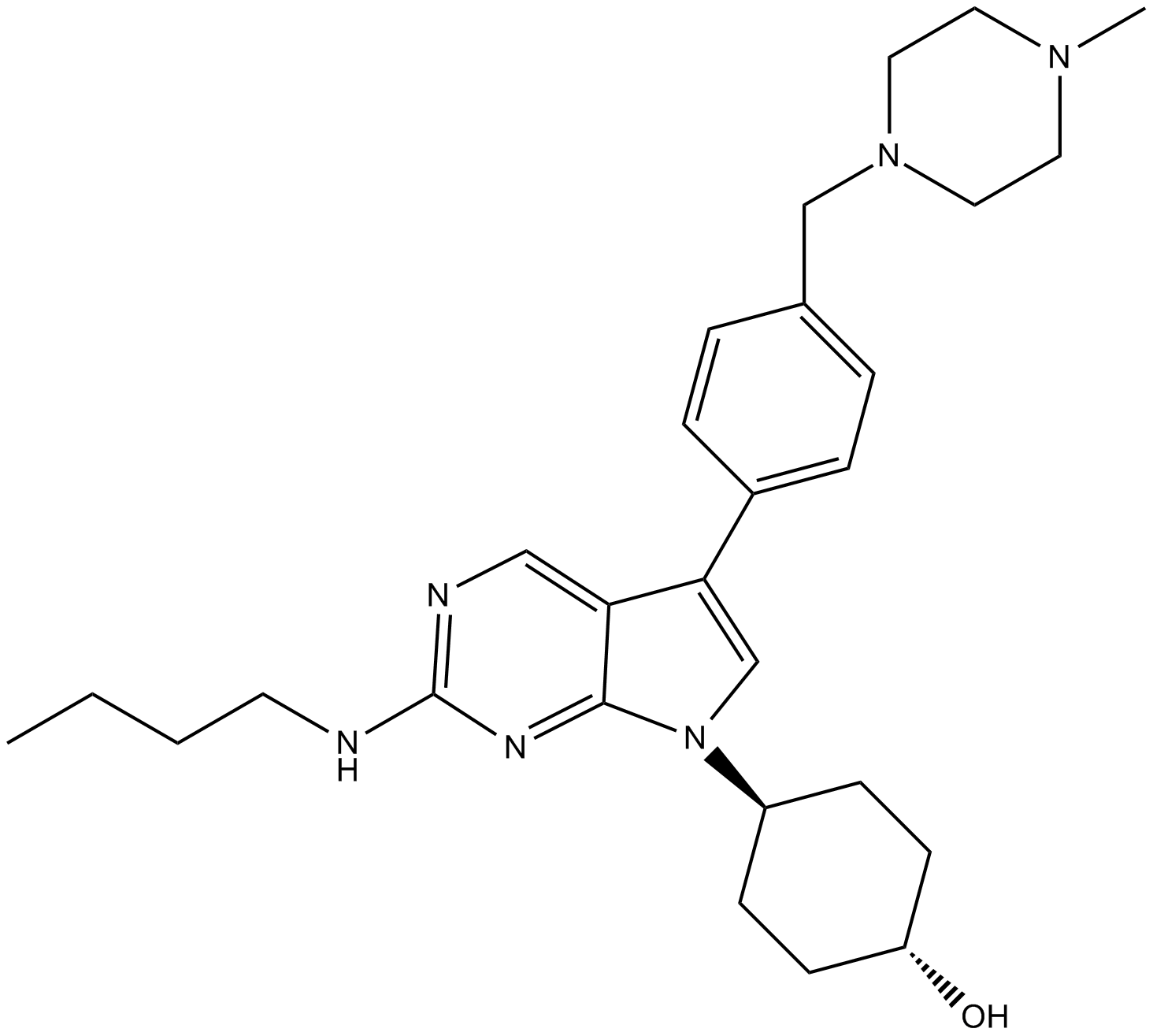 B8016 UNC20251 CitationTarget: MER|FLT3Summary: orally bioavailable dual MER/FLT3 inhibitor
B8016 UNC20251 CitationTarget: MER|FLT3Summary: orally bioavailable dual MER/FLT3 inhibitor -
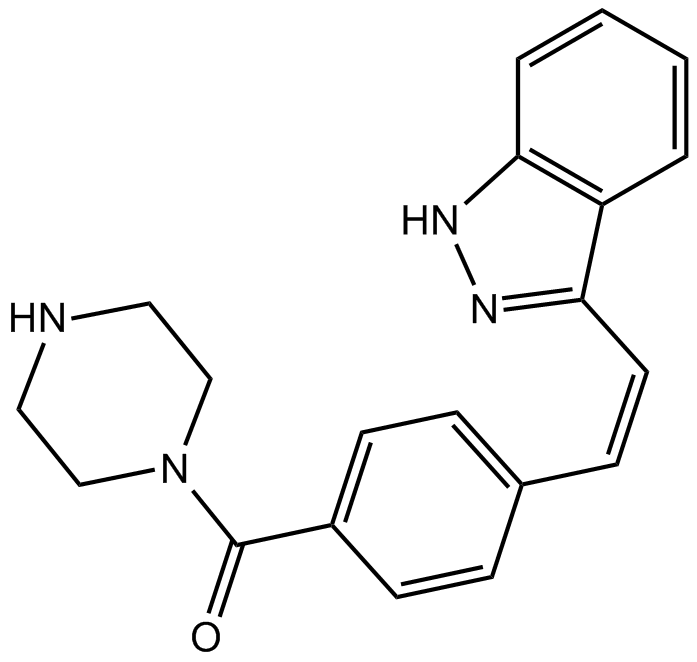 A4123 KW 2449Target: Aurora Kinases|FLT3|Bcr-AblSummary: Multikinase inhibitor
A4123 KW 2449Target: Aurora Kinases|FLT3|Bcr-AblSummary: Multikinase inhibitor -
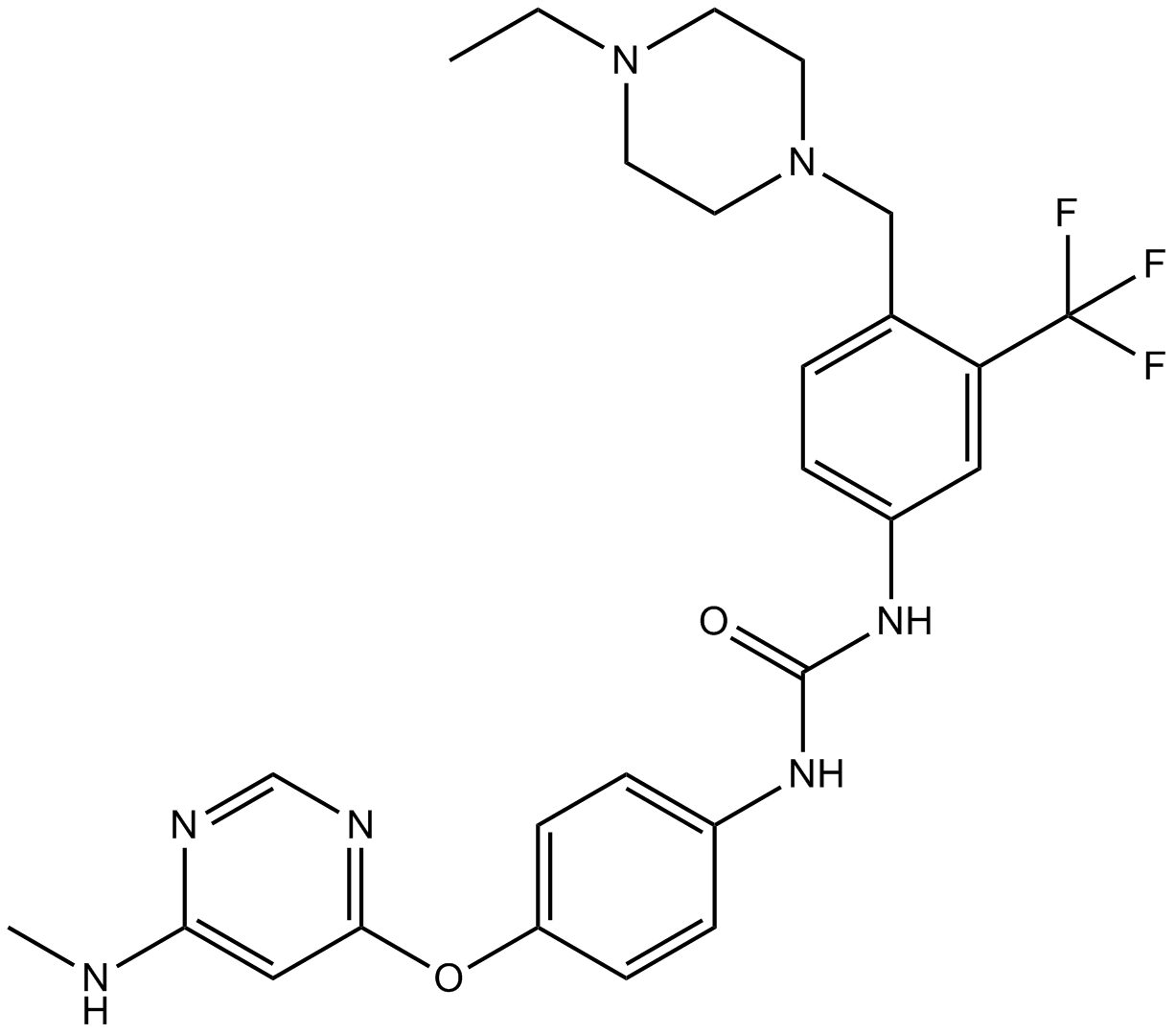 A3194 AST 4871 CitationTarget: RETSummary: RET kinase inhibitor
A3194 AST 4871 CitationTarget: RETSummary: RET kinase inhibitor -
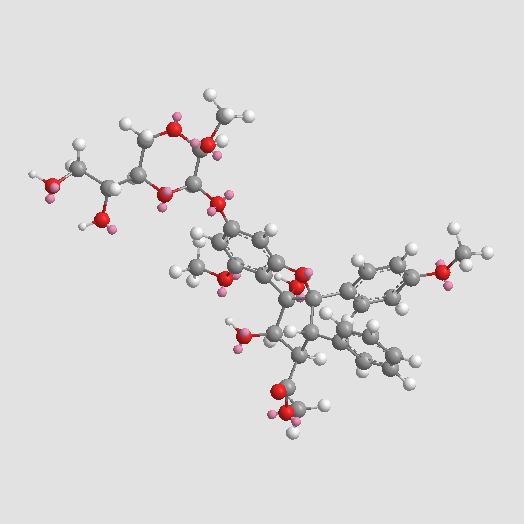 A3818 SilvestrolSummary: Antineoplastic
A3818 SilvestrolSummary: Antineoplastic -
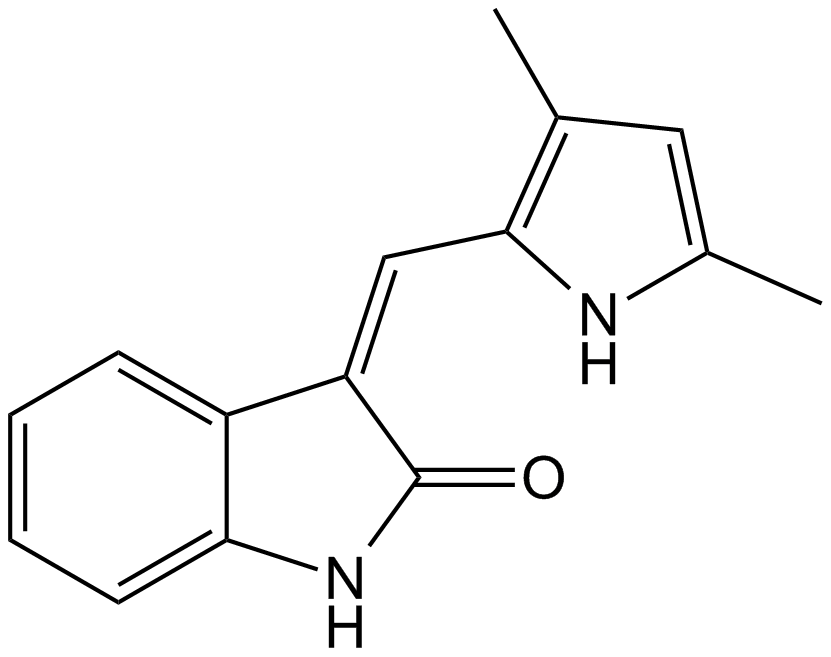 A3847 SU5416Target: VEGFRSummary: VEGF receptor inhibitor and AHR agonist
A3847 SU5416Target: VEGFRSummary: VEGF receptor inhibitor and AHR agonist

